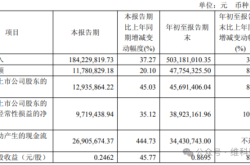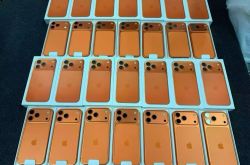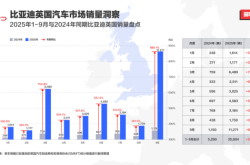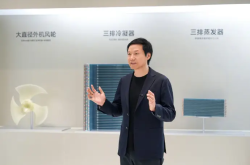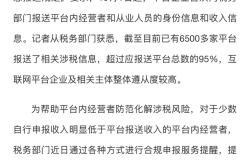Tech Giant's Next Leap: Is the Ultimate Goal of Car Manufacturing Robot Building?
![]() 04/03 2025
04/03 2025
![]() 646
646
Just now, vivo made a significant announcement.
At the 2025 Annual Conference of the Boao Forum for Asia, vivo officially unveiled the establishment of the "vivo Robotics Lab," marking its formal entry into the home robotics industry.
Simultaneously, on a recruitment platform, vivo began offering annual salaries of up to a million yuan, underscoring its commitment to this new venture.
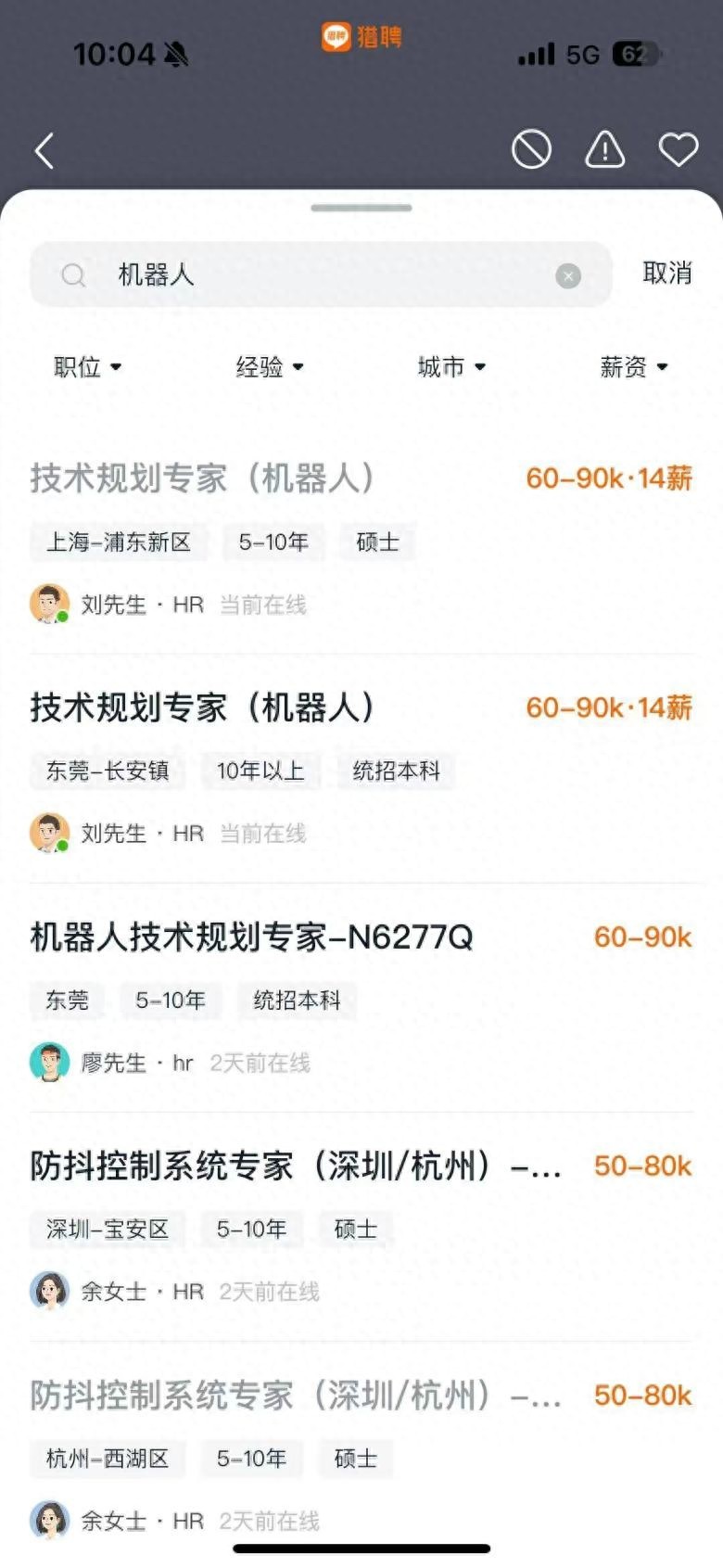
vivo's foray into home robotics is no mere whim.
Upon closer examination, vivo's move reveals a profound strategy: Why did vivo choose a distinctly different path when competitors are heavily investing in the automotive industry? What gives vivo the confidence to embark on the home robotics sector?
Let's delve deeper into the clues.
vivo's entry into home robotics: A strategic continuation rather than a cross-border leap
Does vivo have the capability to manufacture cars?
The answer is yes.
As a leading tech giant, vivo boasts an impressive array of users, technology, brand capabilities, and ecological capabilities. Its core product definition capabilities are also evident in its leading market share in the mobile phone market.
However, having the ability to do something doesn't necessarily mean it should be done.
Behind the official announcement of the "vivo Robotics Lab," which targets home scenarios and officially deploys in the robotics field, it is clear that vivo hopes to carve a unique path: Rather than following the trend of car manufacturing, it aims to create greater value.
vivo's strategy has always been visionary. It captures the essence of each move. Cars are not the essence; robots are.
Elon Musk has repeatedly emphasized that Tesla's positioning is not as a car company but as a robotics enterprise. Li Xiang shares this view, stating that Li Auto should be an AI enterprise, with cars evolving into spatial robots in the AI era.
It seems that industry leaders in car manufacturing share the consensus that "cars are only a transitional form, and the ultimate goal of car manufacturing is robot building."
The automotive industry is already highly competitive, and adding another player would have limited significance. It's better to take a longer-term view and return to the essence. This is also the core of vivo's philosophy: not blindly chasing trends but finding the right strategic direction and giving it their all.
From establishing the vivo AI Global Research Institute in 2018 to later releasing the Blue Mind large model and now founding the Robotics Lab, vivo's style has always been to persist in doing the right things and what it excels at.
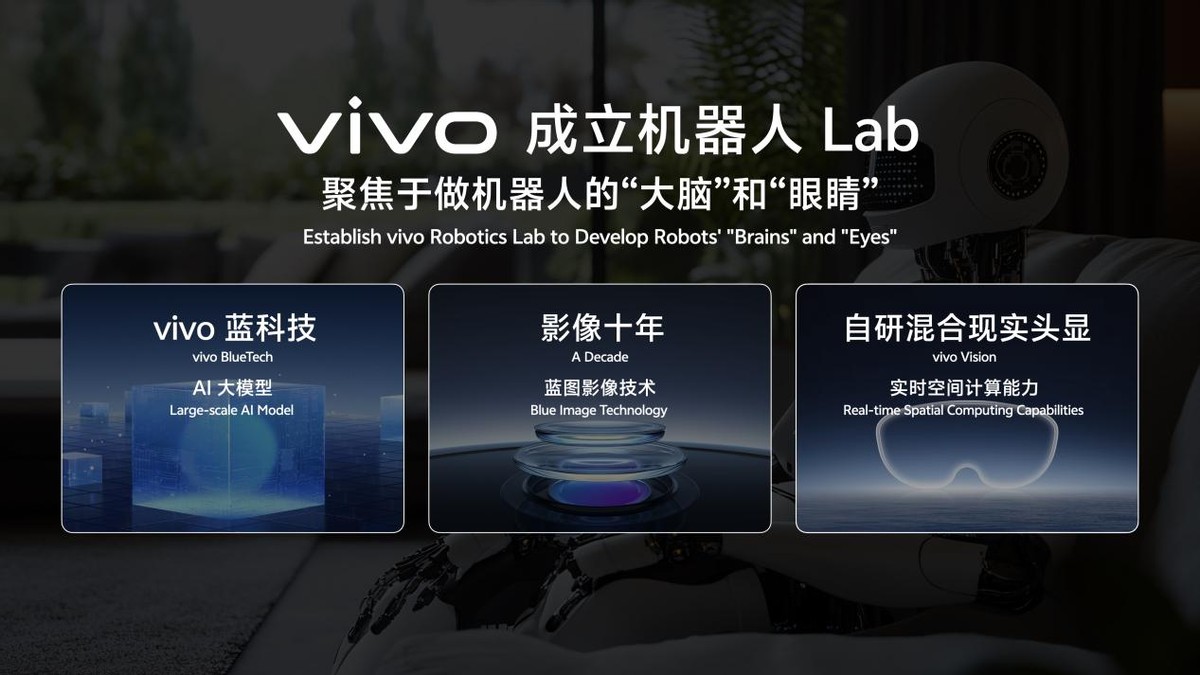
vivo's move into home robotics is more of a strategic continuation than a cross-border leap.
Robots and mobile phones may seem like two different industries, but they share a common technology ecosystem. Both face the C-end terminal market, requiring similar technology and capability systems.
Therefore, home robotics feels like a natural extension of vivo's business.
New businesses that grow organically possess strong vitality.
Amazon's cloud business is a compelling example. Cloud computing and e-commerce may seem like two completely different industries, but they are closely related. The larger the scale of e-commerce business, the more cloud computing resources are needed for massive real-time and high-concurrency data processing. Therefore, Amazon, as an e-commerce platform, can also rank first in the cloud computing industry.
The same applies to vivo's move into home robotics.
Technologically, vivo's entry into home robotics is a reuse of its existing technology ecosystem.
There are two core technology systems for building robots: "perception" and "interaction."
After years of making mobile phones, vivo has accumulated strong AI algorithm technology (Blue Mind large model) and image spatial perception technology (MR vision). The core technology of "brain + perception" for robot products has already been established.
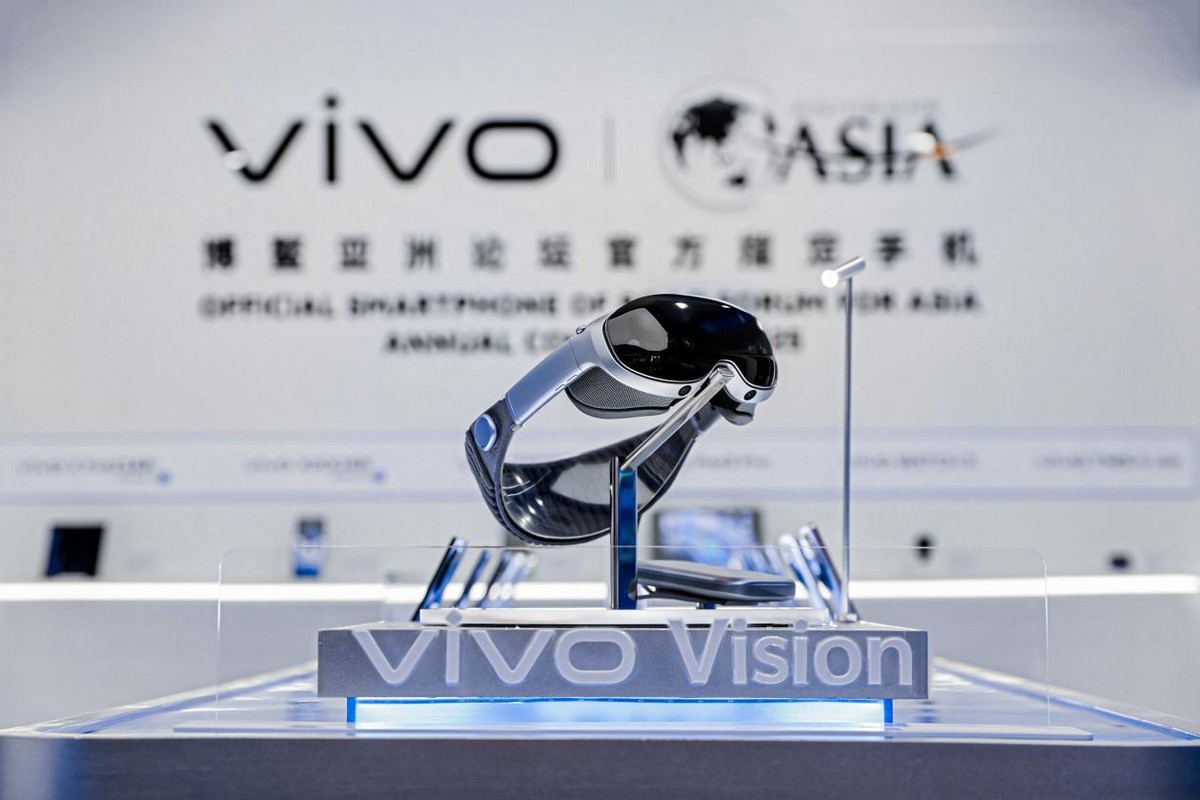
AI technology on the device side and strong AI and imaging capabilities form the foundation for home robotics products. vivo has over 30 years of experience in related technologies and excels in them.
Having technology is one aspect, but finding the right scenarios is crucial.
In terms of scenarios, vivo's move into home robotics is a reuse of consumer-grade user scenarios.
Whether it's mobile phones or home robots, they are both targeted at the C-end market, with shared product logic, business logic, and industrial capabilities, just different product forms. vivo's core goal of "building a bridge between the digital and physical worlds" remains unchanged, but with new methods.
Previously, mobile phones were the primary way to connect the digital and physical worlds; in the future, it may be home robots. From mobile phones to robots, it may seem like different tracks, but it's still what vivo does best: deeply exploring user needs and satisfying them with good products.
Satisfying C-end scenarios with good products naturally drives the development of the entire industry.
The significance of mobile phones goes beyond a collection of technologies; they are also a collection of industrial ecosystems. By deploying in the home robotics sector, vivo can better amplify the value on the industrial side.
From a business perspective, the value of the home robotics sector is not necessarily much worse than that of the automotive sector. In terms of both market size and growth potential, the robotics sector may have more imagination.
This means that there is a rare increment on the industrial side.
In this day and age, everyone is focusing on competition for existing resources, but what truly drives growth for partners and the entire industry is increment.
How to find increment? vivo's choice is to open up a new track.
By entering the home robotics sector, vivo has consistent user scenario needs, reusable technology ecosystem capabilities, and a stable industrial foundation. vivo has many strong cards to play in home robotics.
Building home robots aligns more with vivo's values. On one hand, its strategy of focusing on AI technology research and development on the device side is sufficiently focused and more implementable. On the other hand, starting from existing mature technology ecosystems and user scenarios, vivo's culture of doing one's duty consistently applies.
For the entire robotics industry, vivo's entry is also good news.
An early-stage incremental industry needs mature giants to drive it forward. Just like when DeepSeek integrated with Tencent WeChat, having a giant push can make good products like DeepSeek serve more people.
In the era of DeepSeek, the new track of home robotics requires vivo to take the lead.
As one of the giants most adept at using mature products to open up markets, vivo's entry has enough energy to leverage the entire industry. This hands-on involvement will benefit the entire robotics sector.
vivo 'Traces Back to the Source': The Origin of Technology is the 'Uppercase Human'
"The height of technology must ultimately return to human scale," said Hu Baishan, Executive Vice President of vivo.
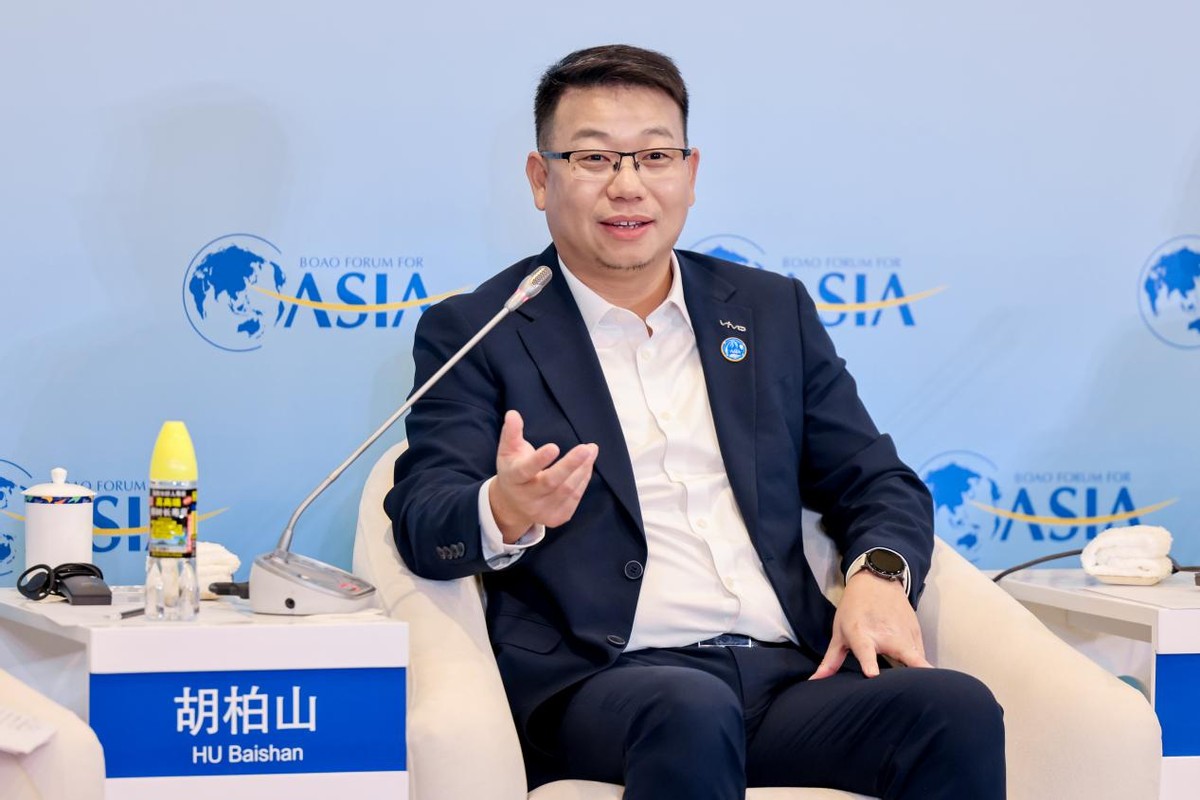
vivo's approach to making mobile phones and robots shares the same starting point: users. Whether it's mobile phones or other products, they all originate from user needs. Technology as the foundation and user-orientation are the greatest growth drivers for vivo's development.
Users are not natural persons but a collection of needs.
Why has vivo's mobile phone business been so successful? From the perspective of ordinary users, it boils down to three words: "not stubborn."
When users want a better visual experience, vivo equips them with high-refresh-rate eye-protective screens. Want better photography? "Larger sensor" and telephoto lenses are arranged. Can't hear clearly on phone calls? 6x volume, speakerphone enhancement, and AI filtering of ambient noise are arranged to ensure you don't miss any details on every call...
Fully respecting user needs and developing technology and products from the user's perspective is the key to vivo's past success. As a result, vivo has developed technologies such as the Blue Crystal chip technology stack, Blue Ocean battery life system, Blue Mind large model, and Blue River operating system.
vivo's move into home robotics is actually similar to its past approach to mobile phones, starting from the "first principle of need" to drive technological and business innovation.
The essence of users buying products is buying solutions. Why do users prefer mobile phones with high screens and configurations? Simply put, they want to access information and services more conveniently and smoothly.
However, the product form of mobile phones determines that users can only solve their needs for clothing, food, shelter, and transportation by acquiring and transmitting information. Robots are completely different; they can build a connection between the digital and physical worlds.
As Hu Baishan, Executive Vice President of vivo, said: "Robots can 'understand scenarios, comprehend needs, and provide responses.'"
From this perspective, behind vivo's strategic layout, there is always the "uppercase human."
Tracing back to the source, vivo's move into home robotics also "grew out" of user needs.
A passage from Hu Baishan's speech really touched me.
He said, "When 'vivo see' converts visual information into voice prompts through the AI large model, telling visually impaired users that 'the sky is blue,' 'the sunset is beautiful,' 'the one on the left is body wash,' and 'gate 23 is here,' it is the moment when vivo's Blue Mind large model is most warm, and it is also the best moment of technology."
You see, technological innovation is never cold but filled with the warmth of humanistic care.
It is this sense of warmth that gives life to cold technology, and it is this vitality that is driving the development of social productivity and continuous progress.
Witnessing the development of the internet and technology sectors over the years, seeing countless emerging enterprises and tech giants rise and fall, some are fleeting, while others eventually become the infrastructure of the digital society, driving human history forward.
Throughout this journey, technology enterprises that truly drive social progress have probably experienced three realms.
The first is to make exceptional products. For example, Sony, with its cameras, satisfies user needs to the extreme with its products.
The second is to create a thriving ecosystem. For instance, Google develops the Android ecosystem, and Apple creates the iOS ecosystem.
The third realm, which is the hardest to achieve, is to become infrastructure that drives the progress of human society's productivity as a whole.
What is the essence of technology? It is a tool and advanced productivity.
Mobile phones, as communication tools, initially only served for phone calls and text messages. In the era of smartphones, with a complete operating system and application ecosystem supporting various services, mobile phones have become a new productivity platform. In this process, mobile phone manufacturers have essentially become a kind of "infrastructure."
Now, with AI, what will be the next productivity base? Could it be robots?
This question may still require time to answer.
However, a great technology enterprise that has achieved exceptional products and a thriving ecosystem will ultimately find itself exploring the productivity base of the next era.
Just like Microsoft created Windows, Google created Chrome, and Apple created MAC, they are now all focusing on the AI sector.
Today's vivo is no different.
Is the robot the new productivity base? Perhaps vivo needs to provide an answer through business exploration. This may also be one of the reasons why vivo is determined to build home robots.
For vivo itself, establishing the Robotics Lab and deploying in the home robotics sector is only the first step. Continuously innovating in this field and creating deeper social value will be the mission of all vivo people in the new era.
Finally:
Consumer-grade robotics is a major track and a representative of new-quality productivity. This track requires the application of many cutting-edge technologies such as AI, MR, and 6G, and it also needs pragmatic giants to drive it forward.
Now, vivo has completed its opening move in this game of new-quality productivity innovation.
How it will play its next moves in the future is worth looking forward to.

